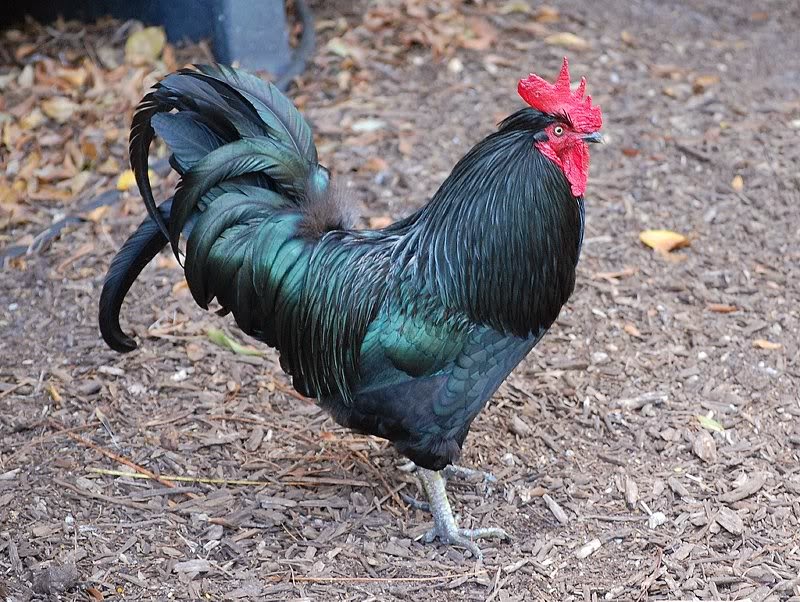Reason of casting: Cattle and
buffaloes are cast for a variety of reasons e.g,
surgical operations, trimming of feet, and better control at a difficult
calving.
Methods of casting: Two very common methods of casting are follows
Reuff’s method: The most common and efficient method of
casting cattle is Reuff’s method. Reuff’s method of casting cattle minimizes
the chances of injury either the animal or people.
Procedure:
1) A running
noose is made at one end of 10 m long rope and passed around the base of the
horns.
2)
In case of polled animal, the noose can be placed around the neck.
3) A
half hitch is made around the neck, then the second around the heart
girth.
4) Then
passed back and looped around the animal just behind the hip bones.
5) A steady pull on
the free end will cause the animal to collapse slowly.
6) It is advisable
to cast the animal on soft grass or a bed of hay or straw.
Crisscross method: This method is used
for casting a wild or excited cattle.
Procedure:
1) In this method
the middle of the rope is placed over the neck and the ends passed between the
front legs.
2) They cross under the brisket and passed upward and crossed over the
back.
3) Then goes downward
and passed the flanks and between the hind legs.
4) A pull on the free ends
will then cause the animal to collapse.
5) The ropes
must cross under the brisket not on the throat otherwise the animal will not go
down.
Advantage: One great advantage of the latter method is that,
because there are no knots involved. The rope can be put on in the crush. The
animal is then let out of the crush and the process of casting can begin so, it
is easier to remove the rope when you are finished with the animal. But in
Reuff's method the rope tends to stay in a better position making some
difficulty in removing rope if the cattle is wild or excited.
Precautions: Casting is not recomended for pregnant animals
because of possibility of abortion. It can also result in bloat, pneumonia, or
displacement of abomasum.







